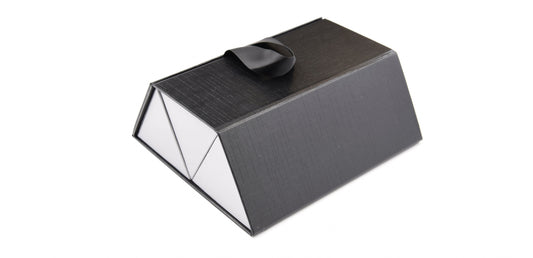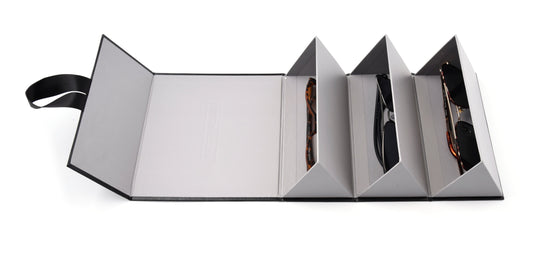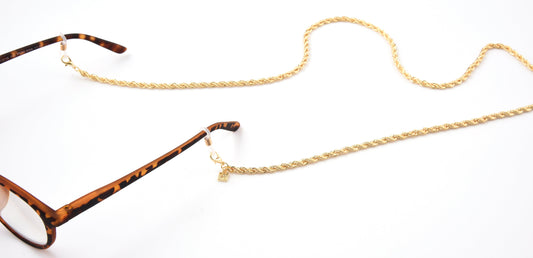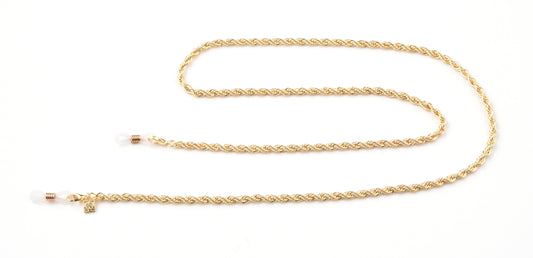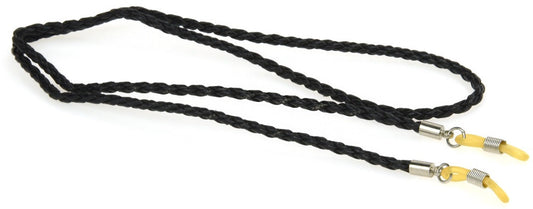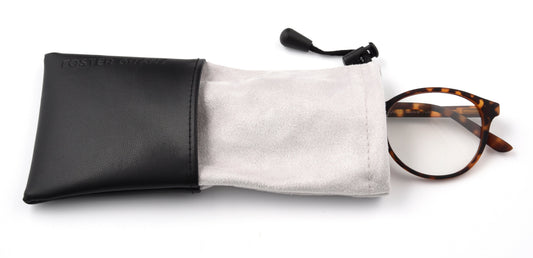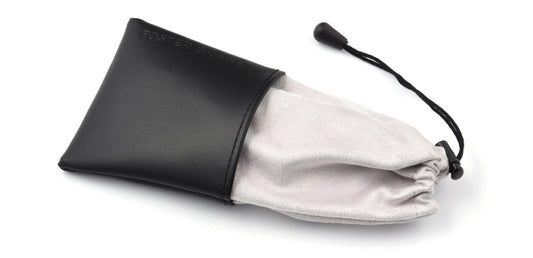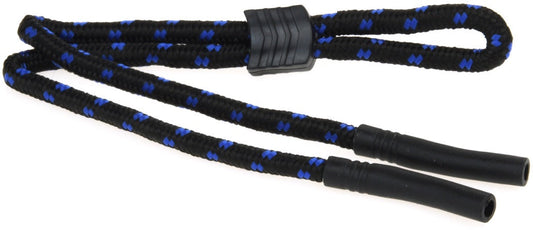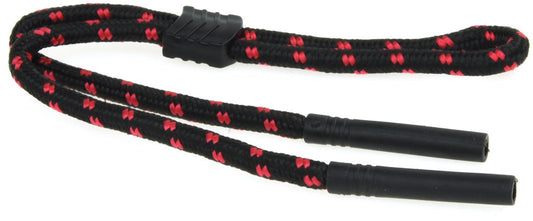Barbados Polarized Kids Sunglasses
Regular price
$30.00
Sale price
$30.00
Regular price
Save %
Unit price
/
per
Fiji Kids Blue Light Glasses
Regular price
$30.00
Sale price
$30.00
Regular price
Save %
Unit price
/
per
Bora Bora Polarized Kids Sunglasses
Regular price
$30.00
Sale price
$30.00
Regular price
Save %
Unit price
/
per
Dario Silver Kids Blue Light Glasses
Regular price
$22.95
Sale price
$22.95
Regular price
Save %
Unit price
/
per
Felix Kids Sunglasses
Regular price
$16.00
Sale price
$16.00
Regular price
Save %
Unit price
/
per
Anni Kids Sunglasses
Regular price
$16.00
Sale price
$16.00
Regular price
Save %
Unit price
/
per
Tahiti Polarized Kids Sunglasses
Regular price
$30.00
Sale price
$30.00
Regular price
Save %
Unit price
/
per
Cancun Polarized Kids Sunglasses
Regular price
$30.00
Sale price
$30.00
Regular price
Save %
Unit price
/
per
